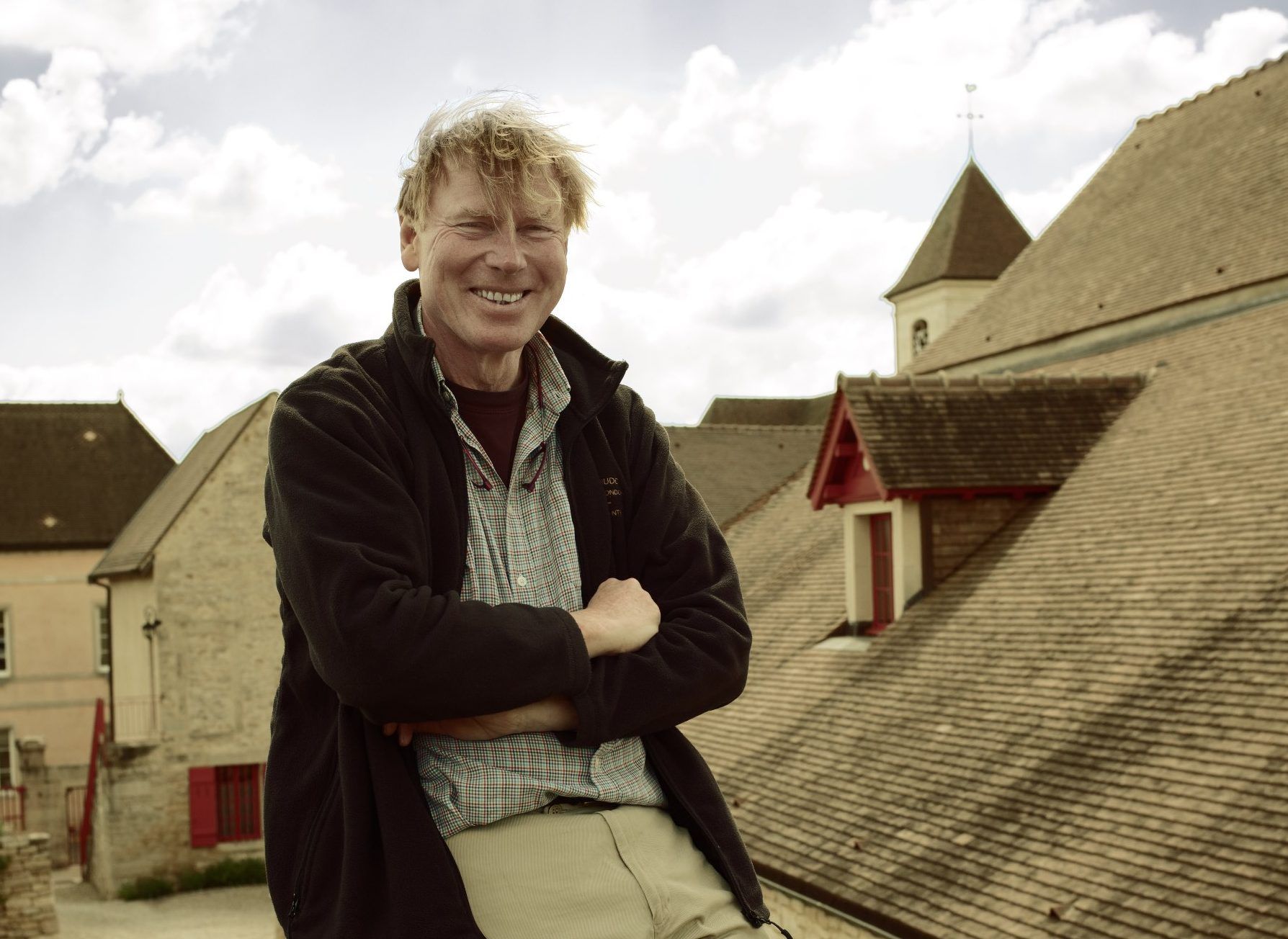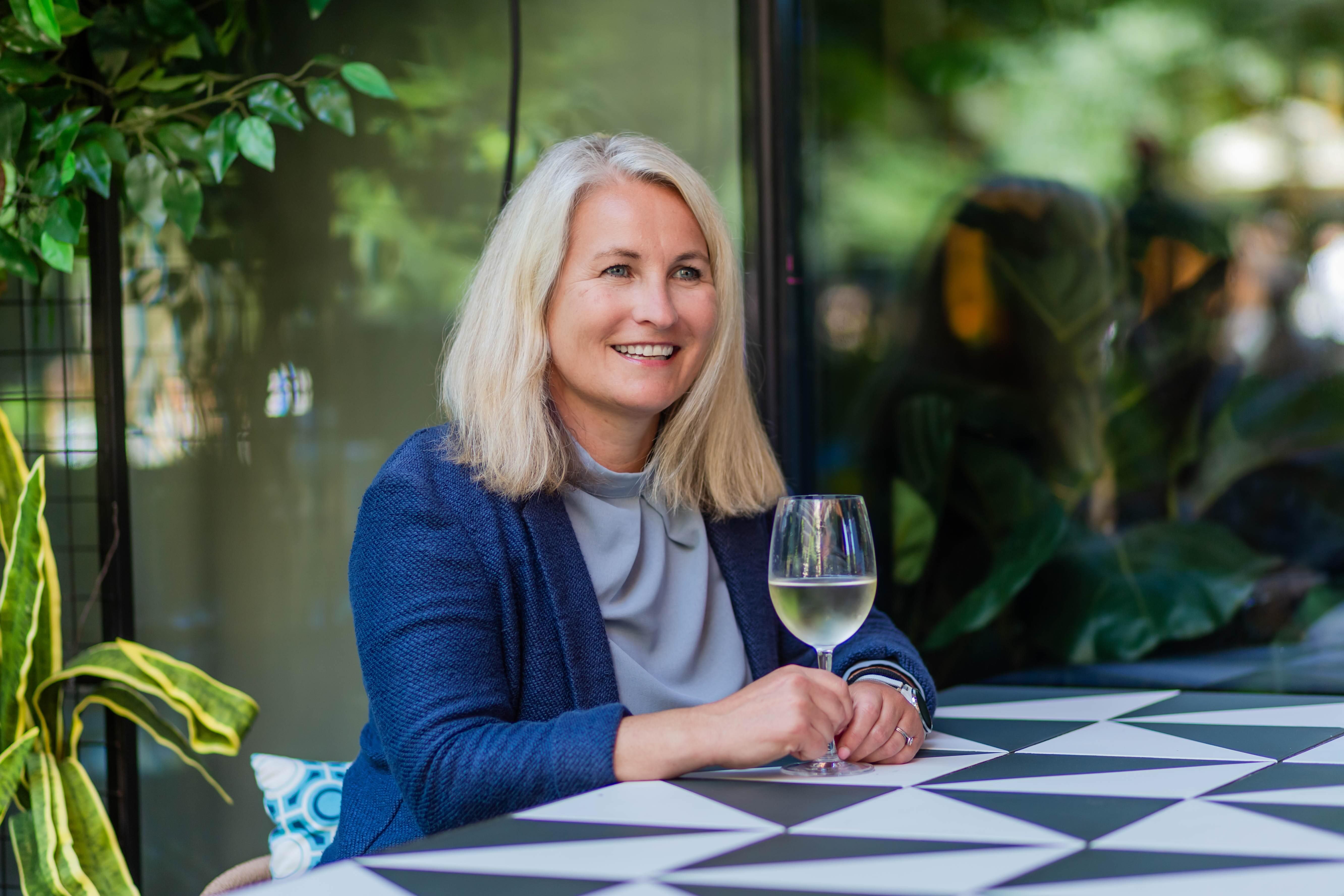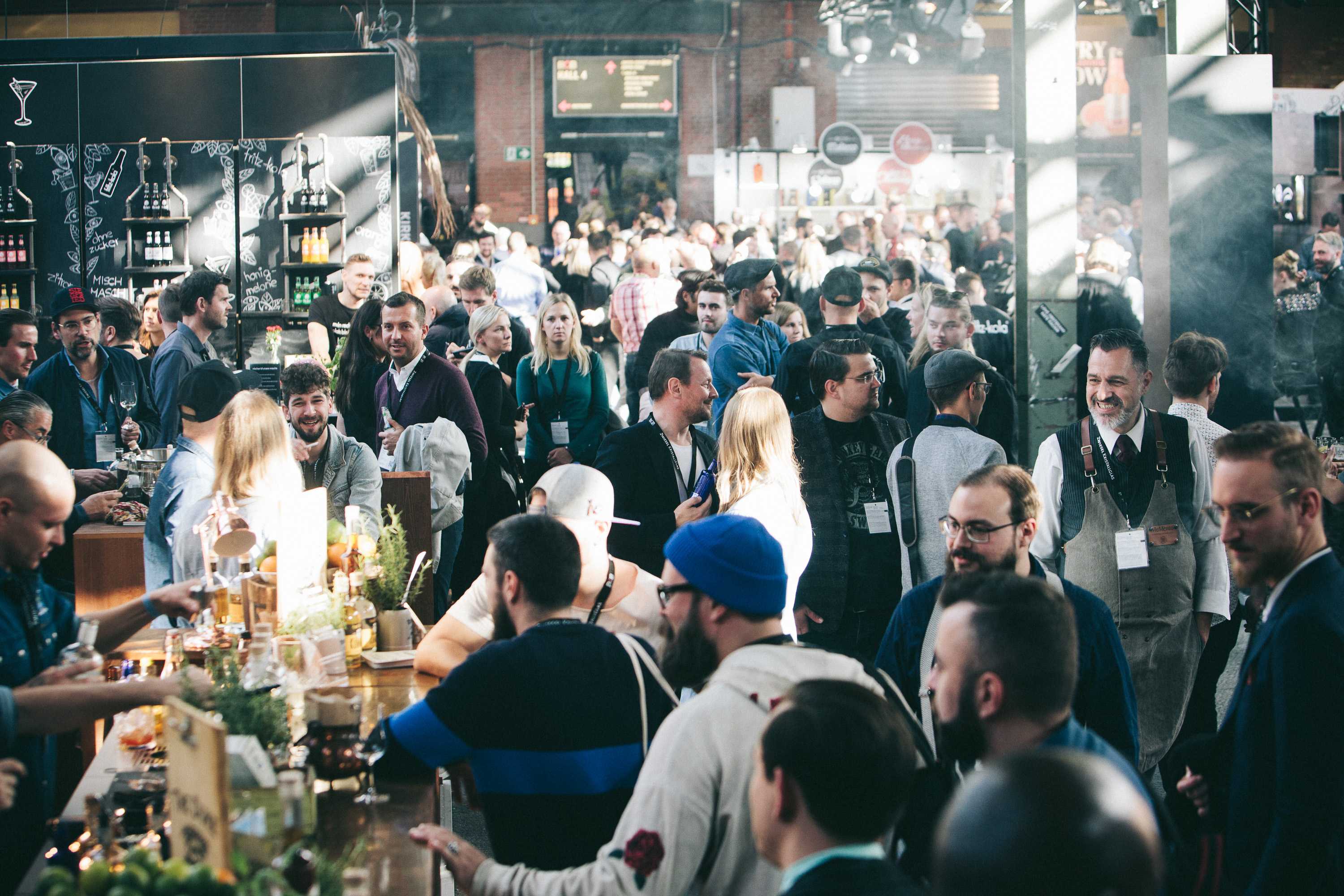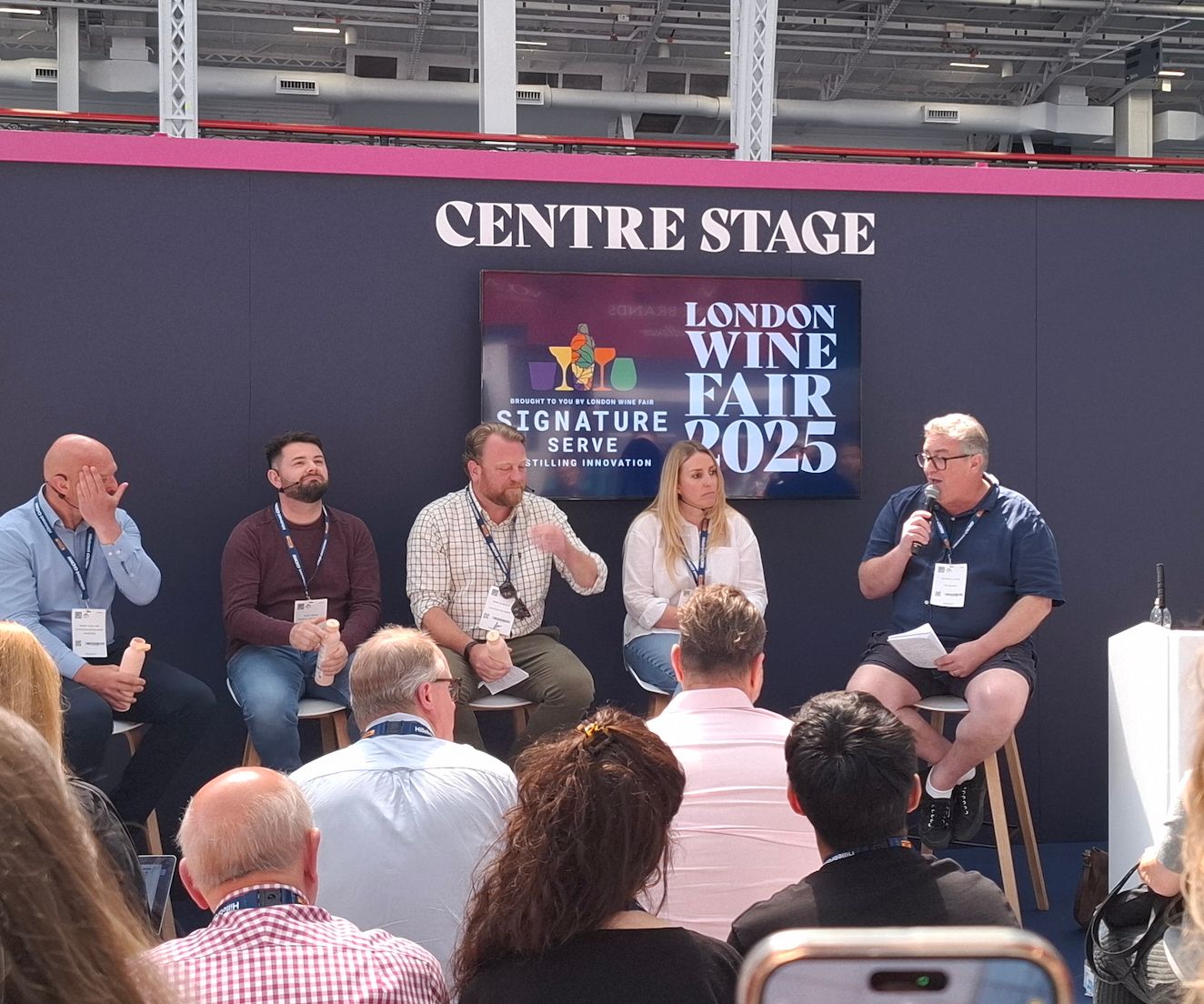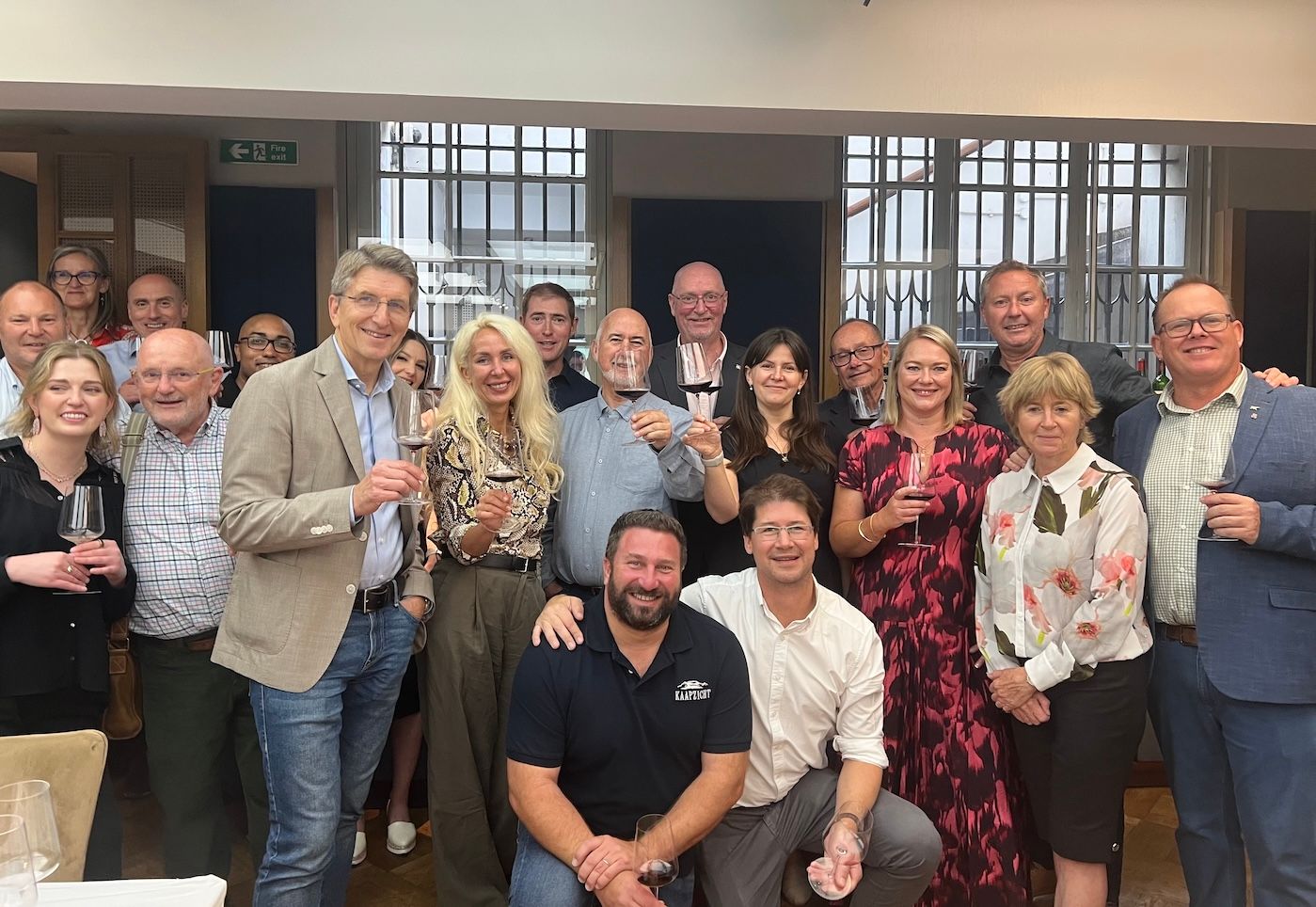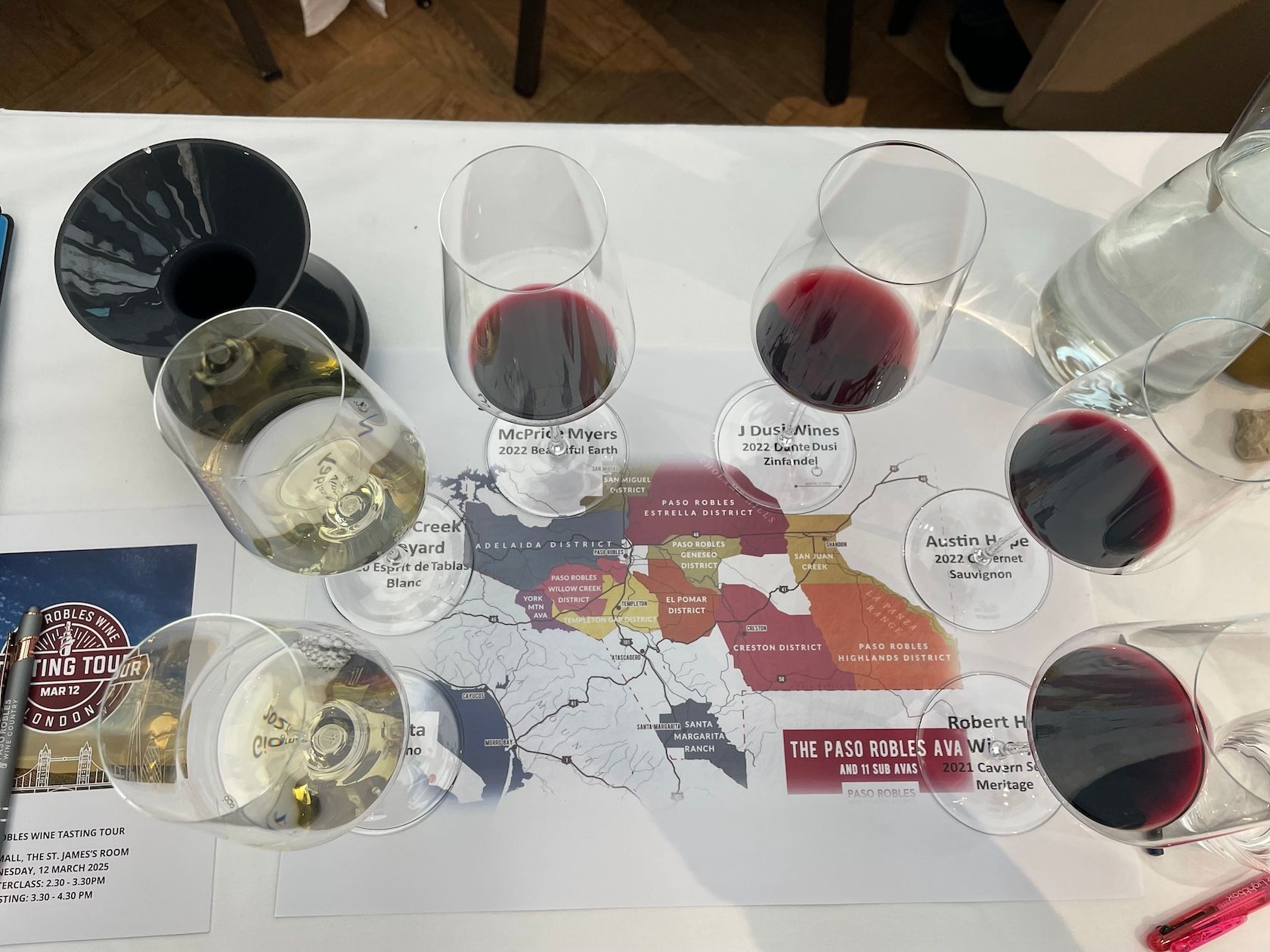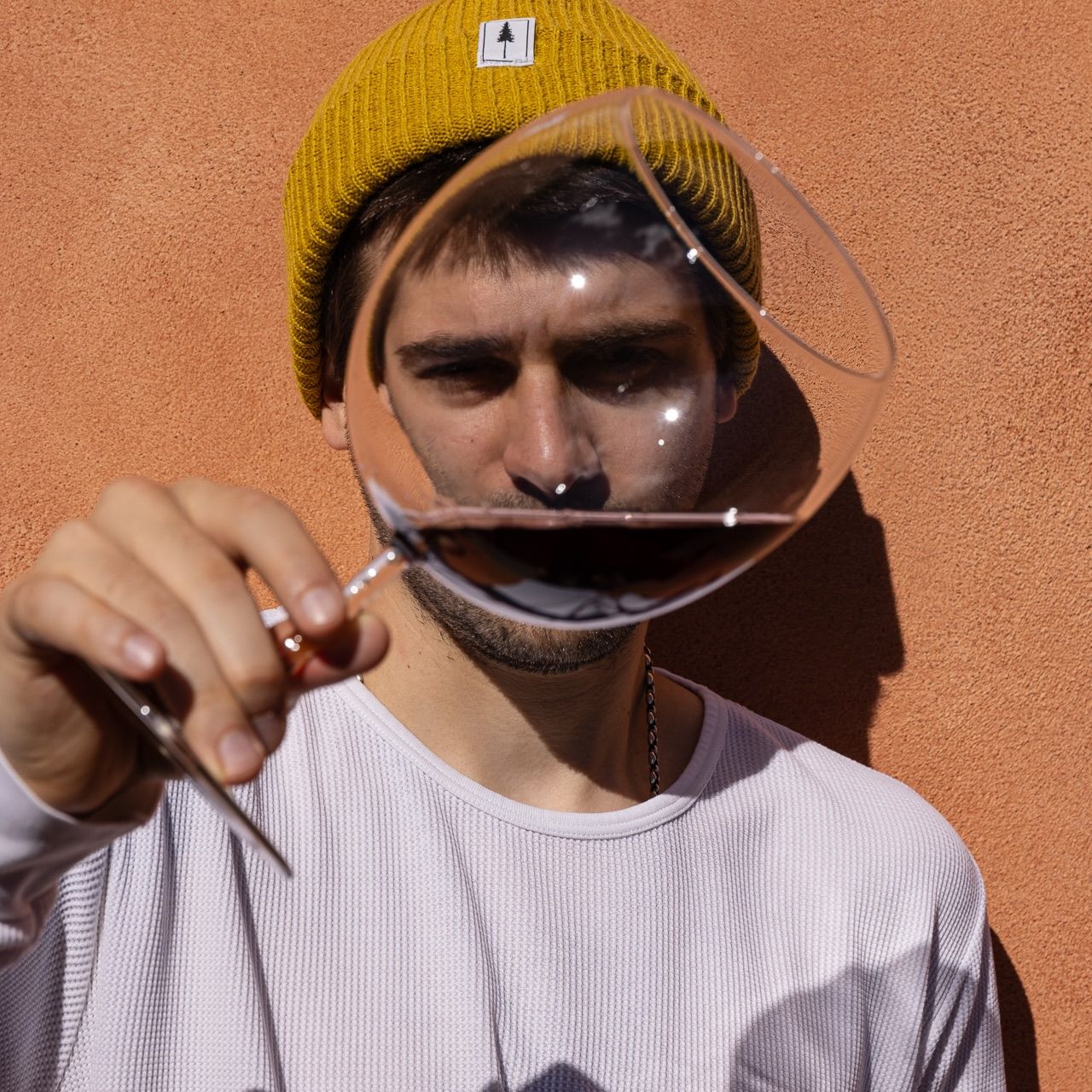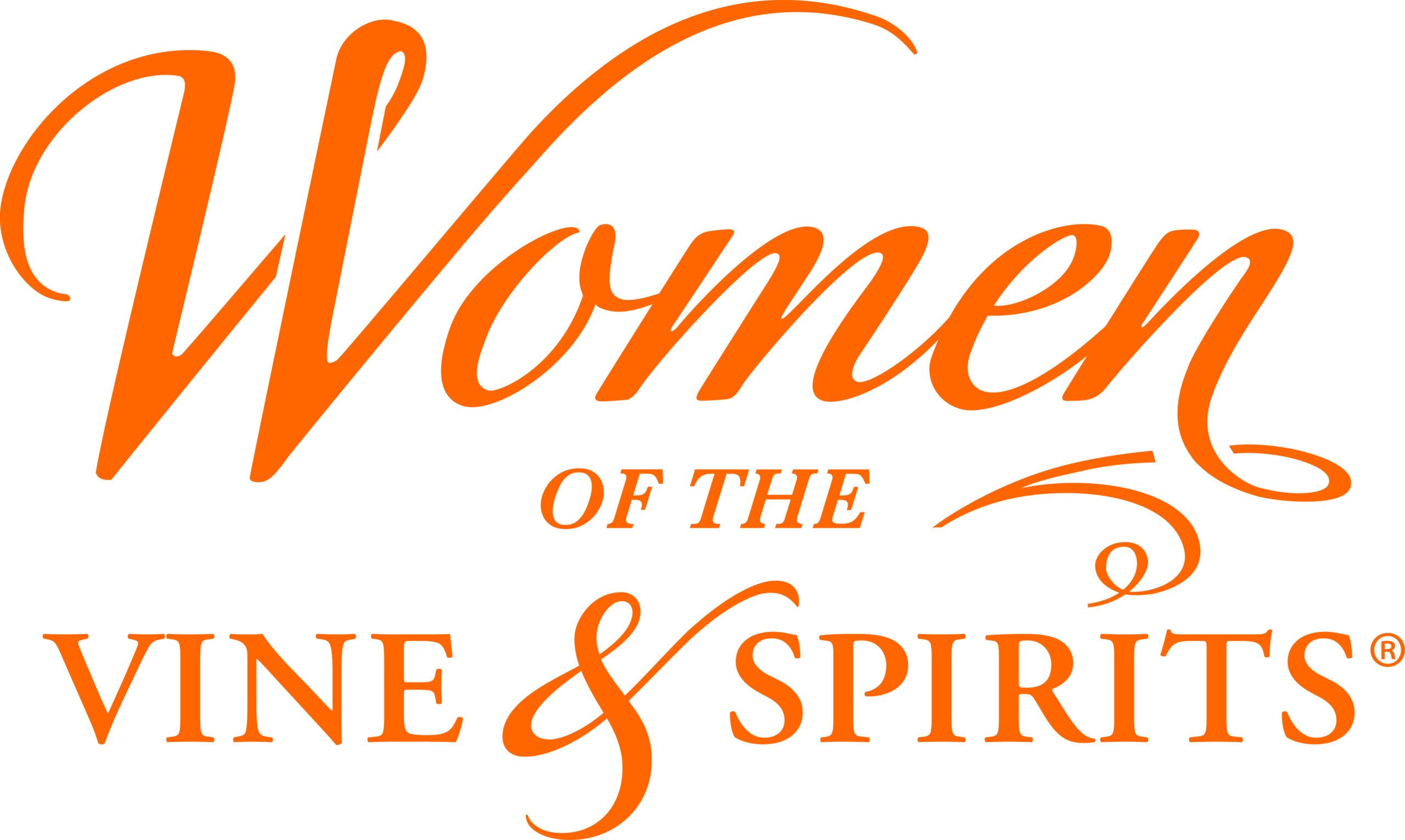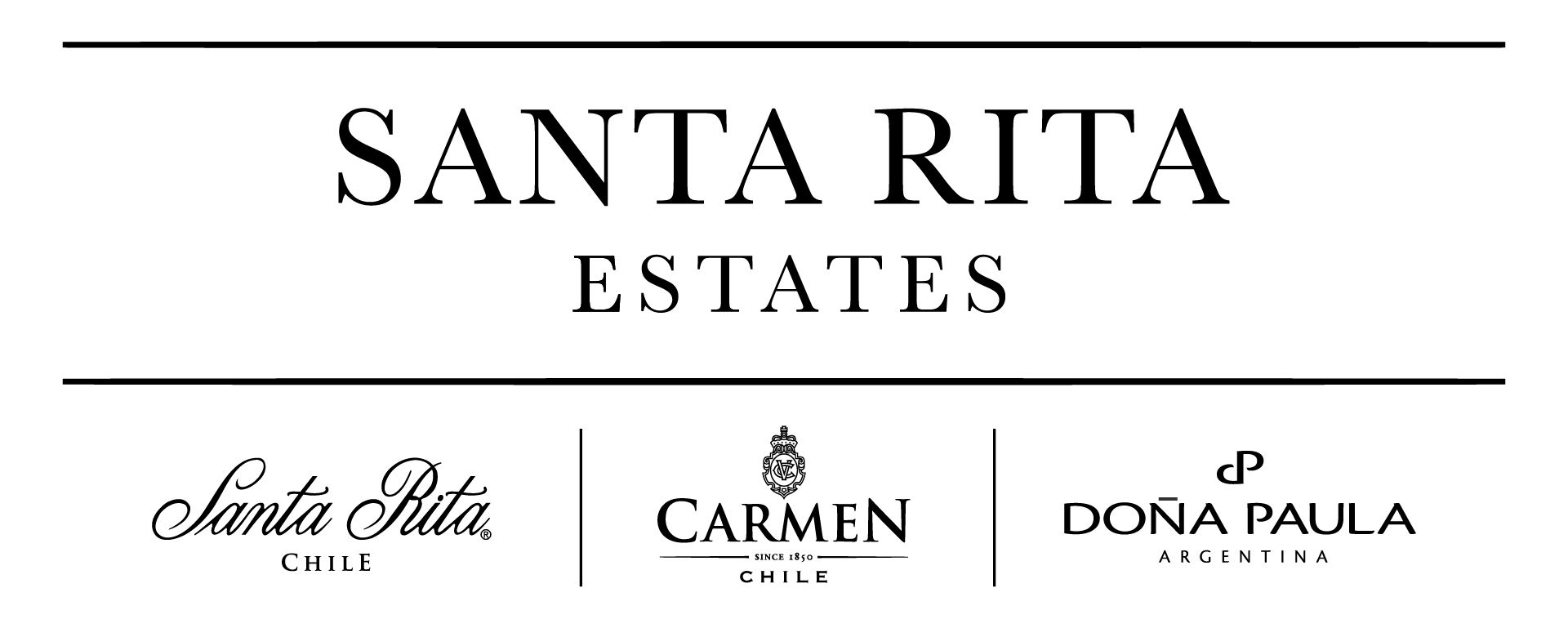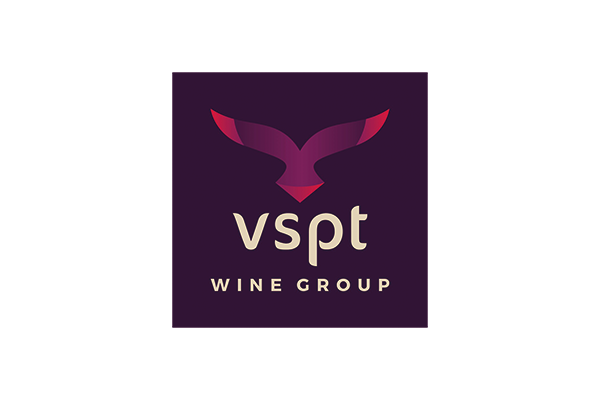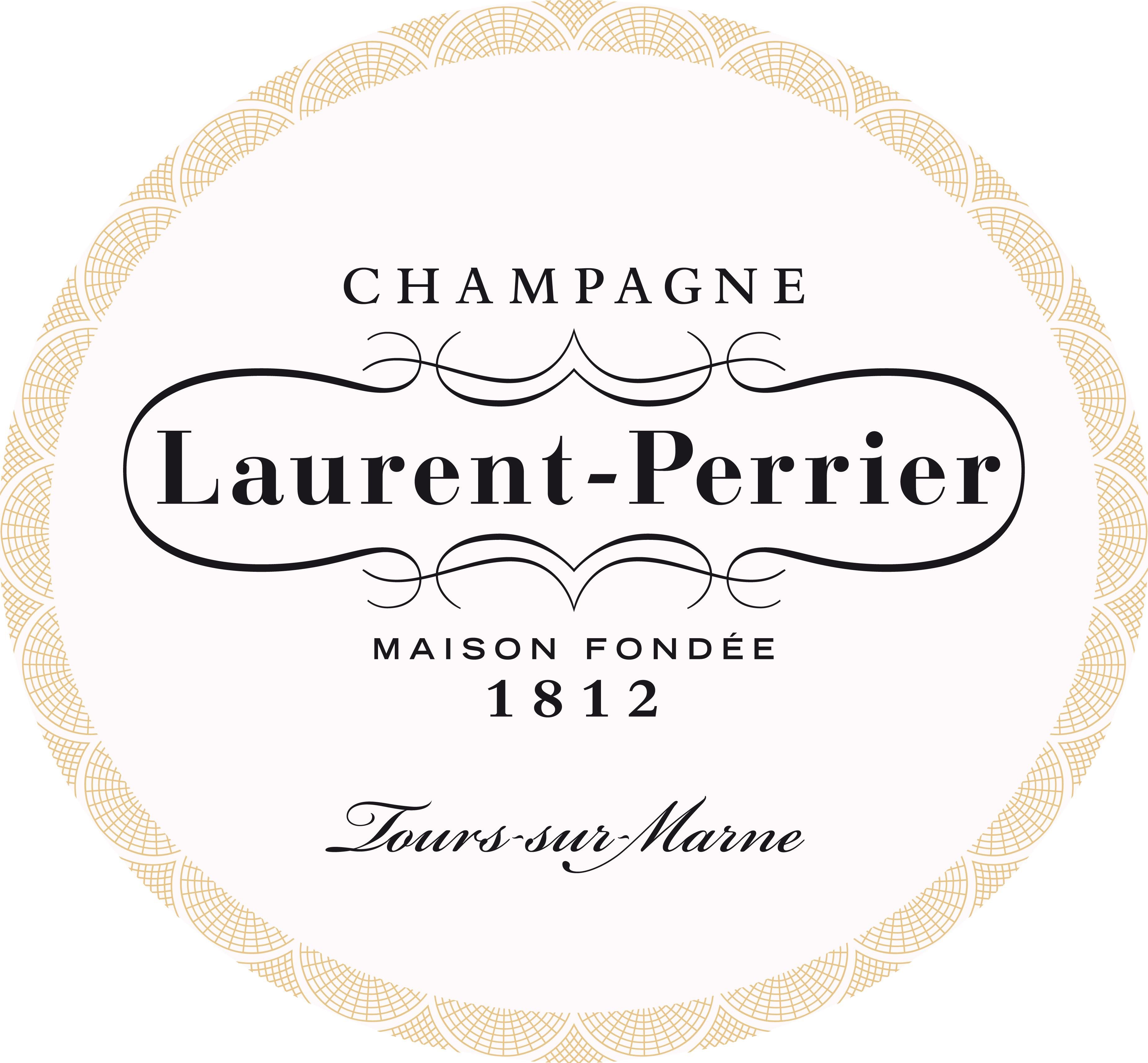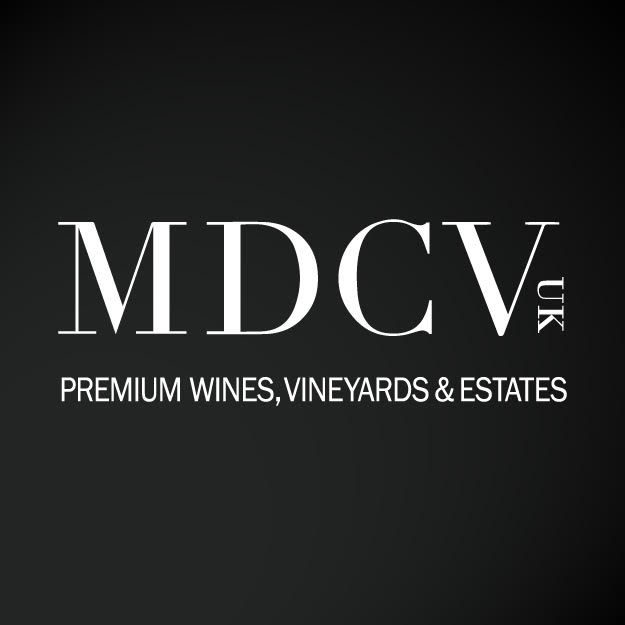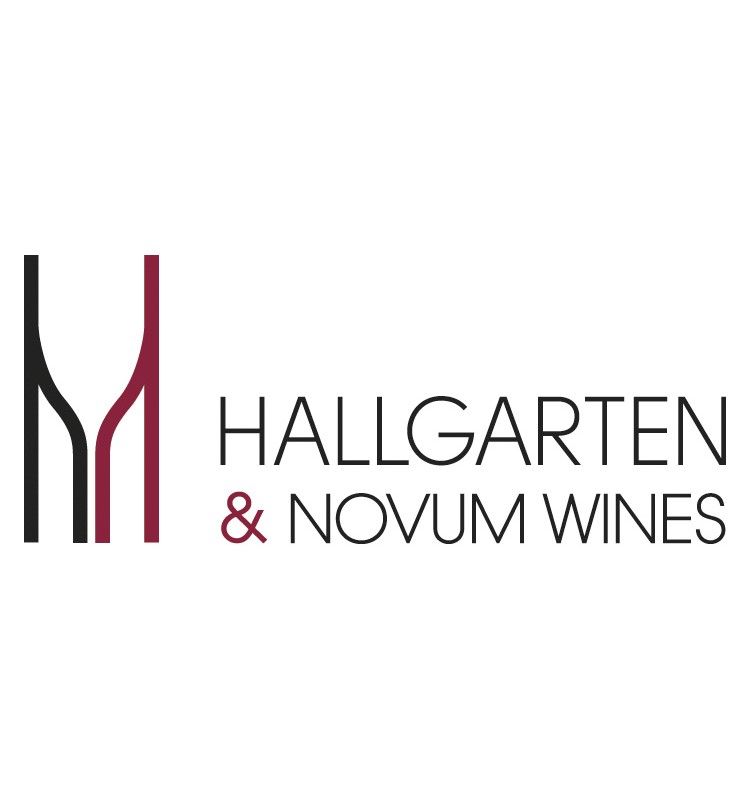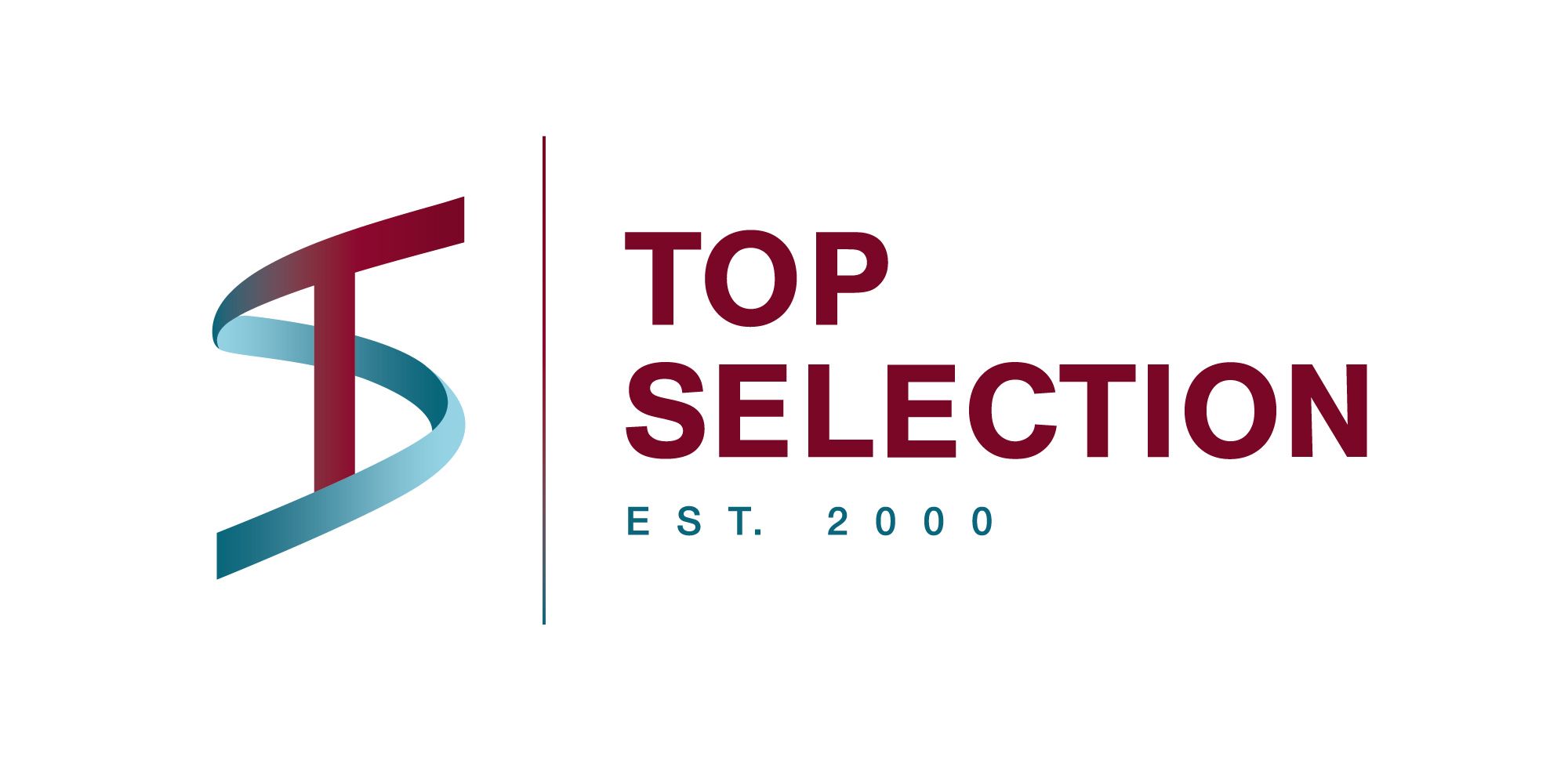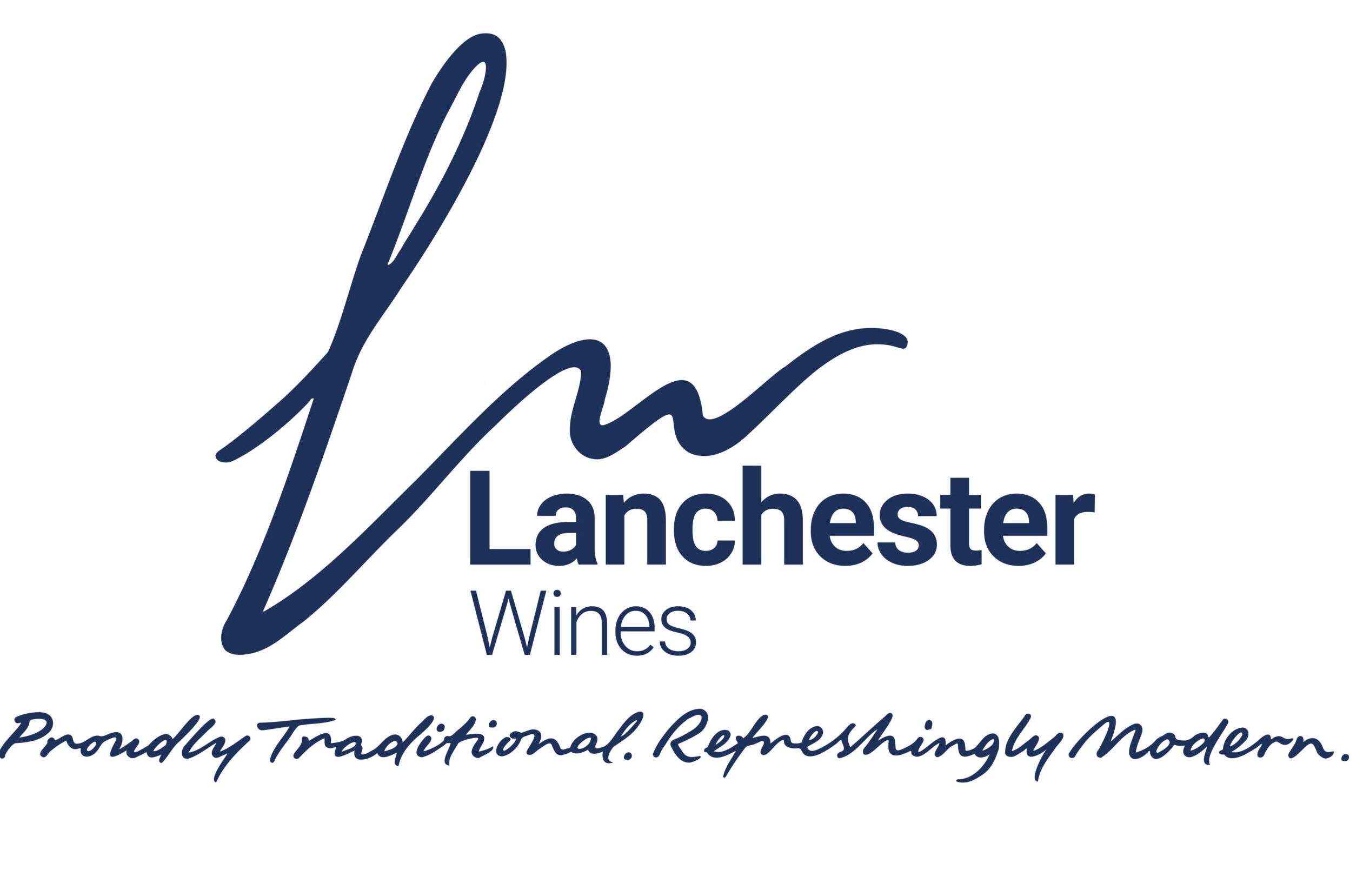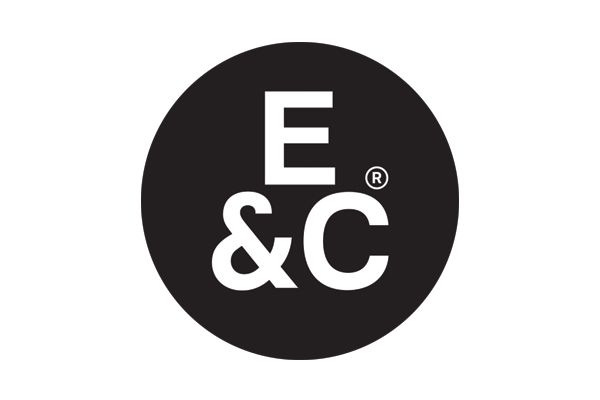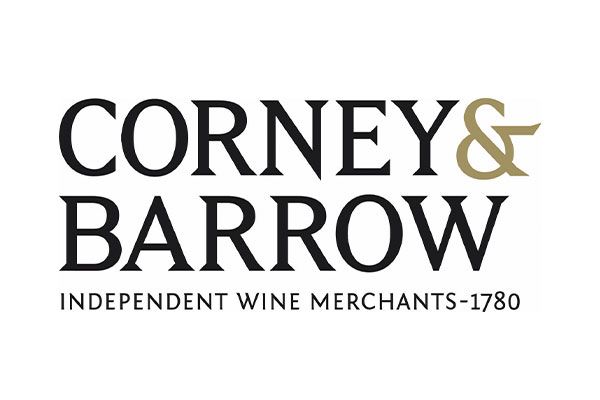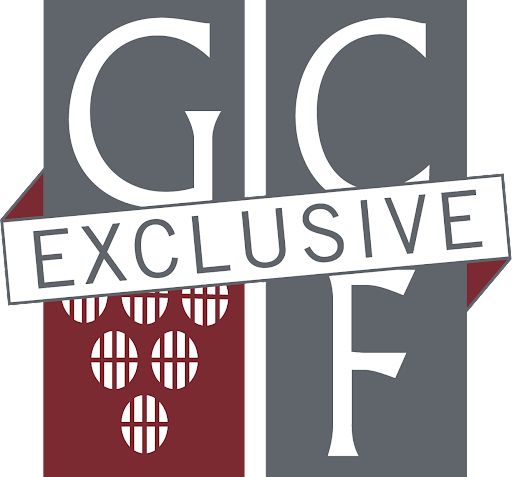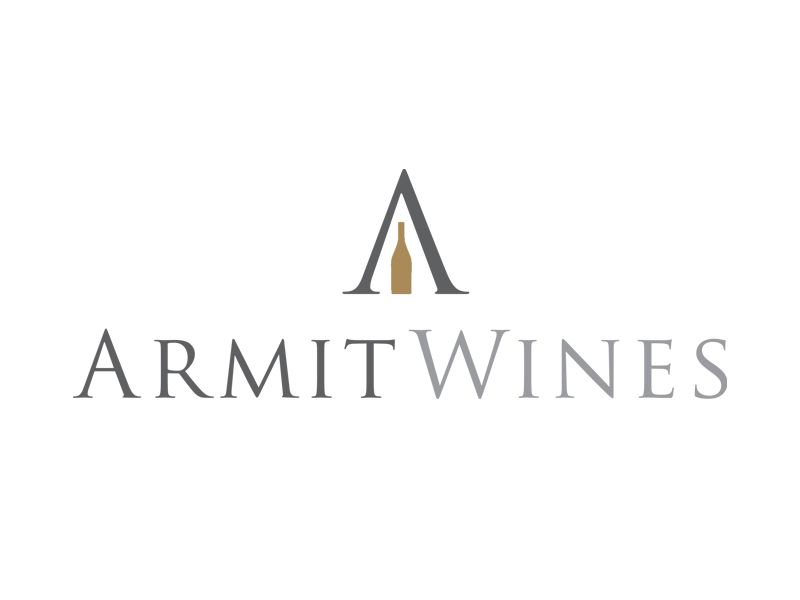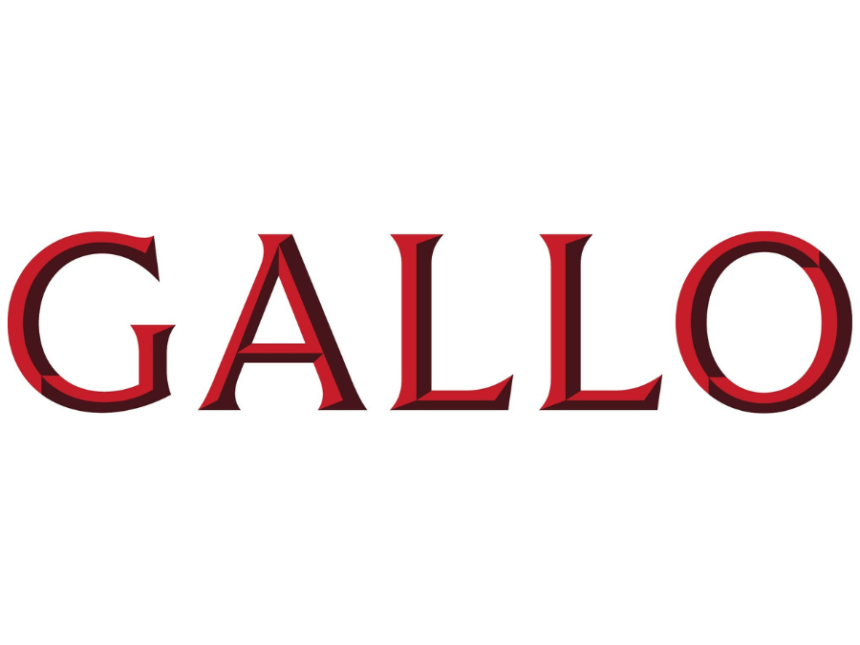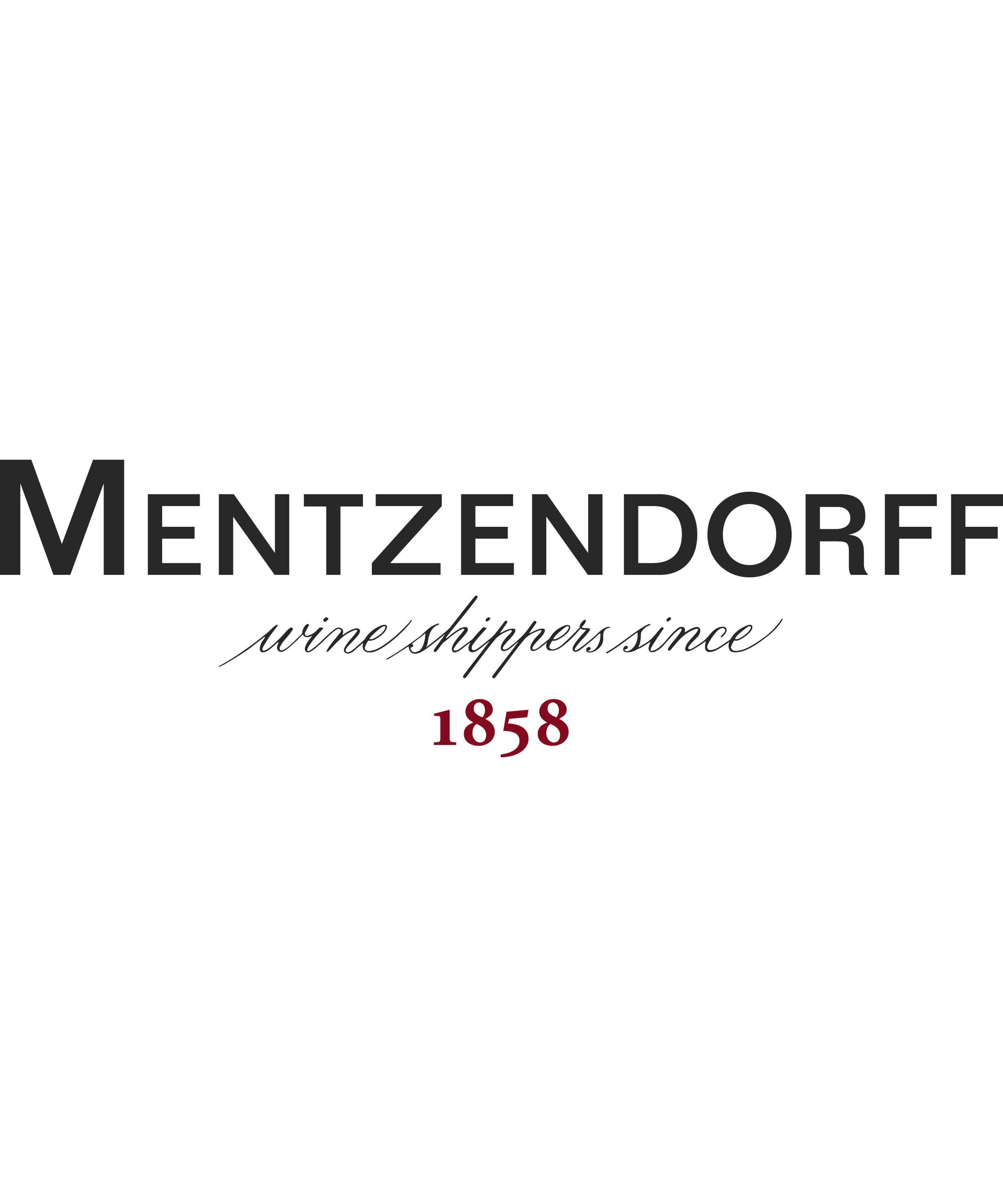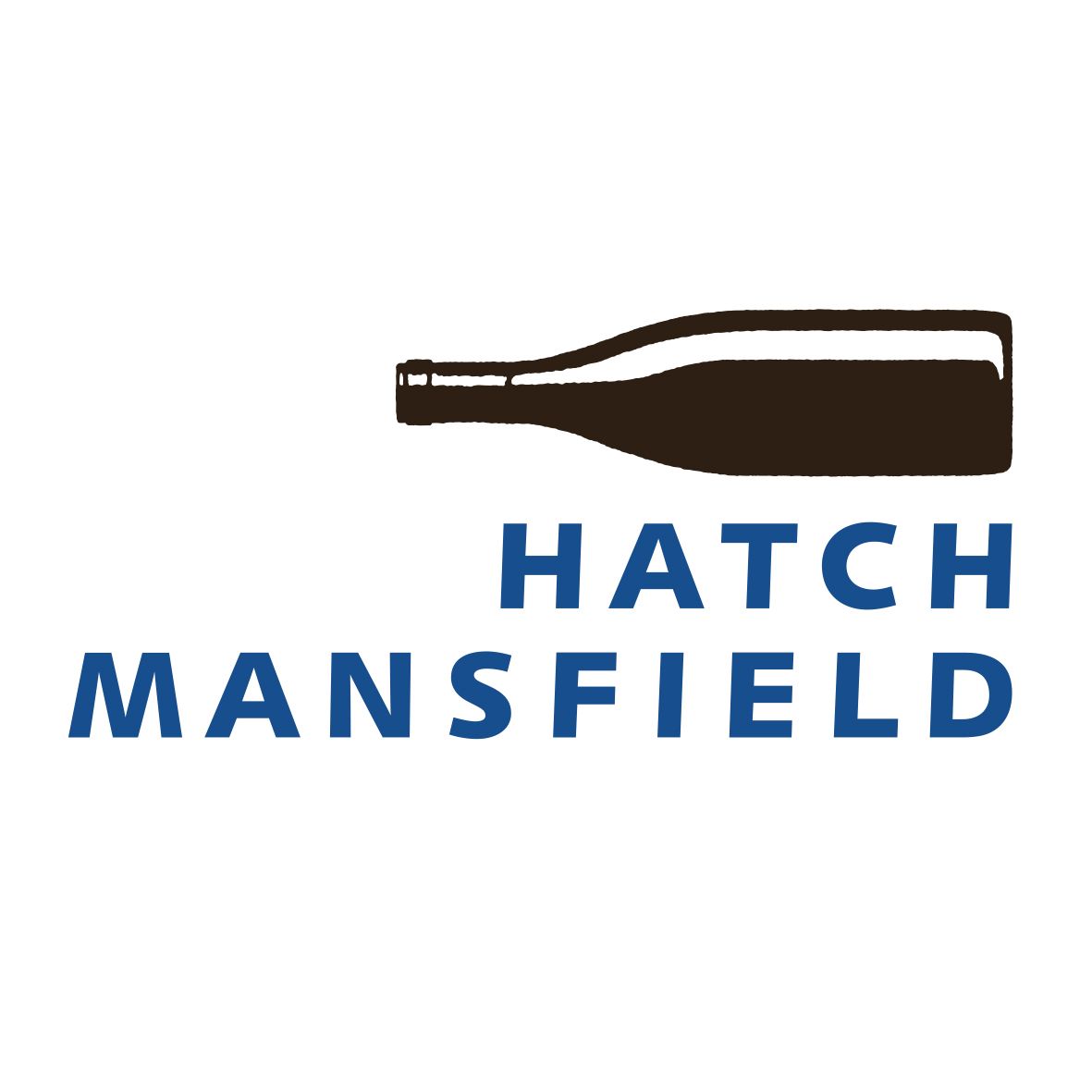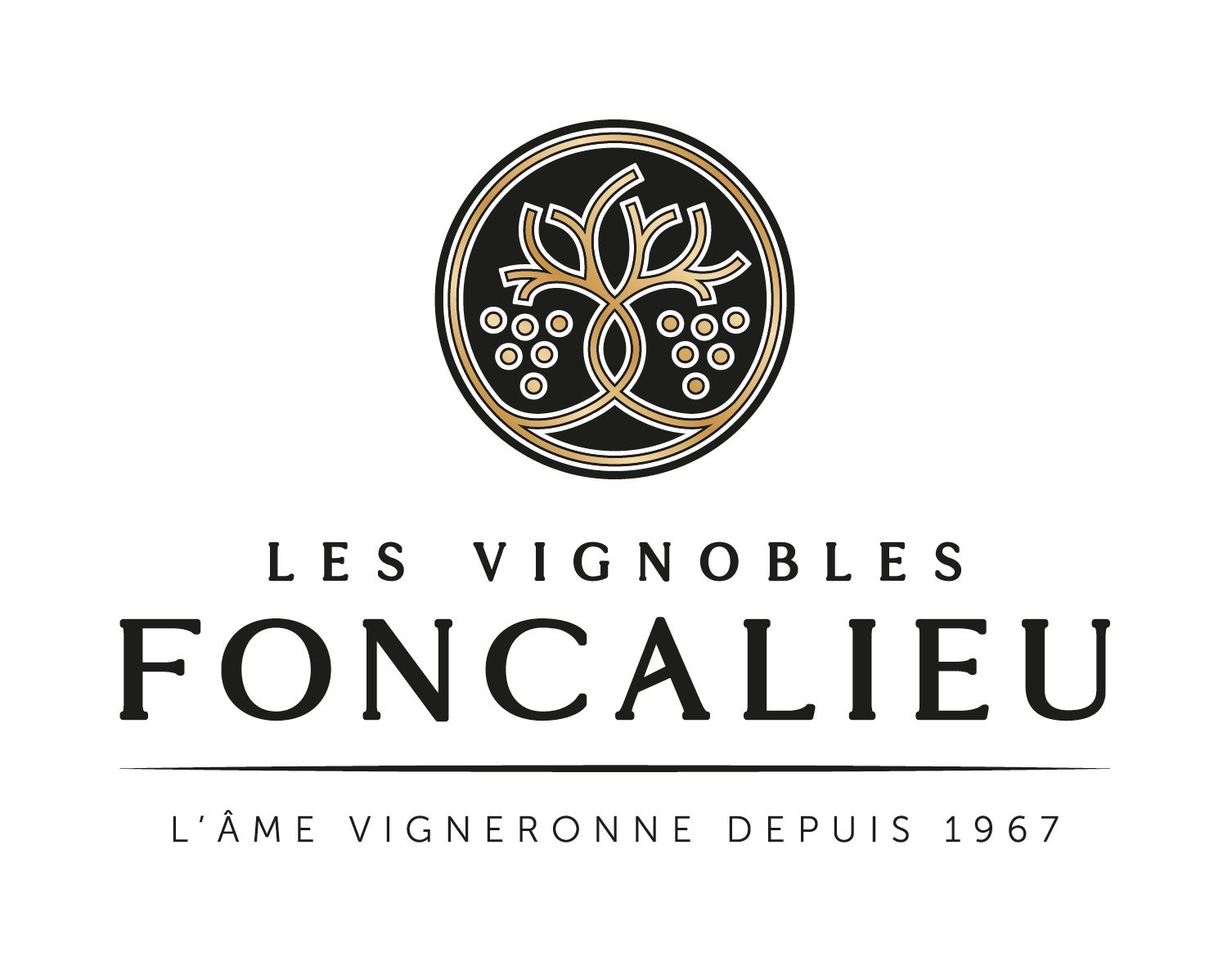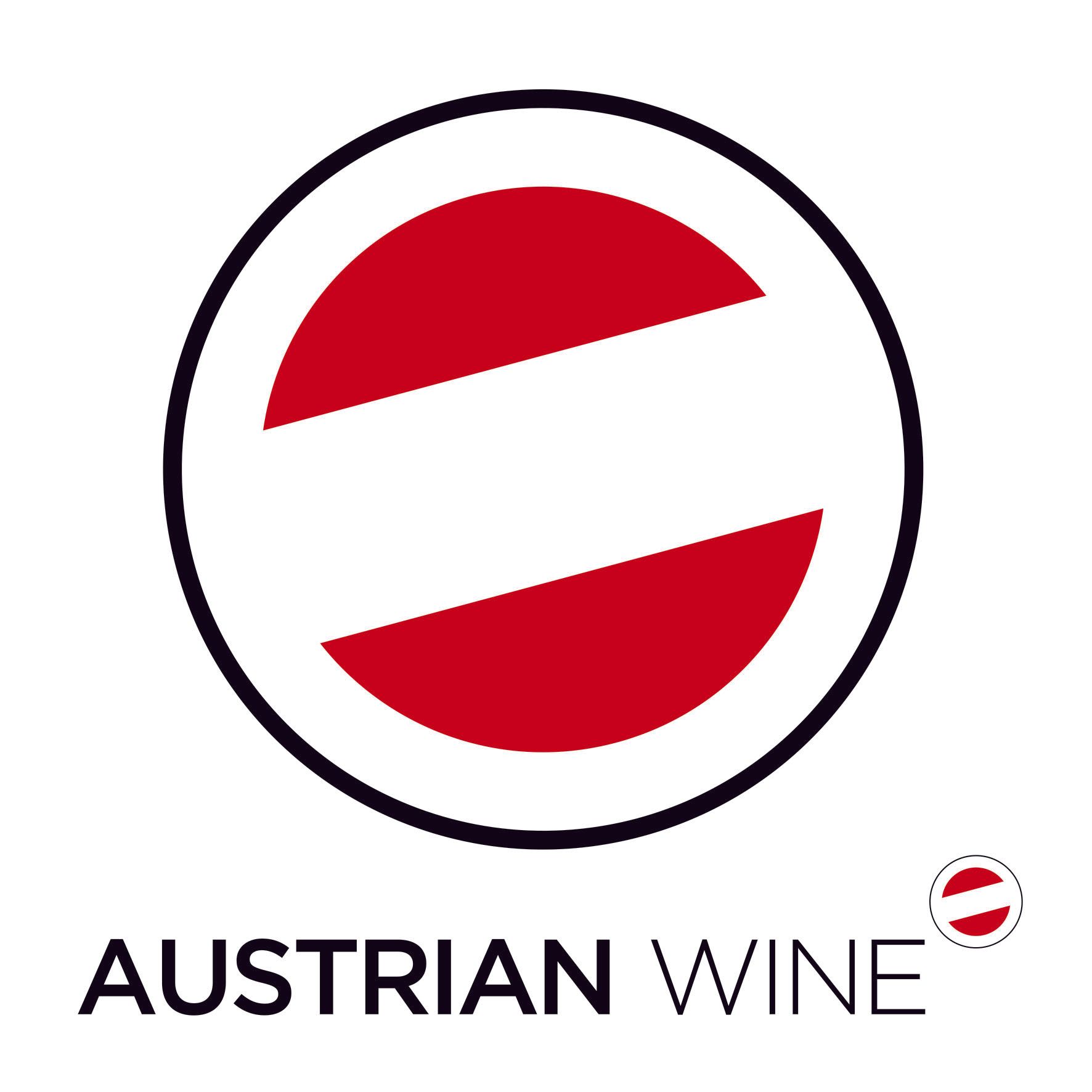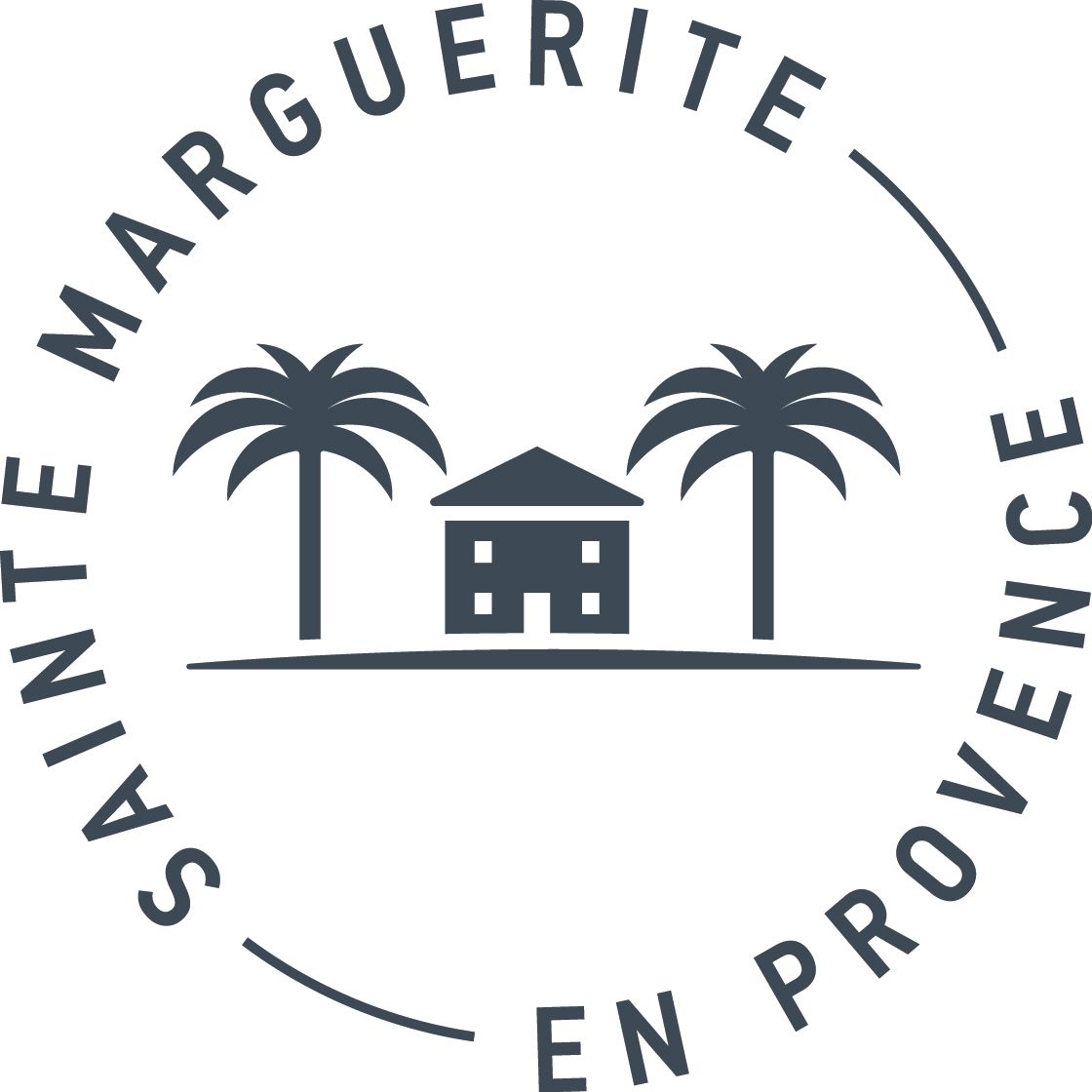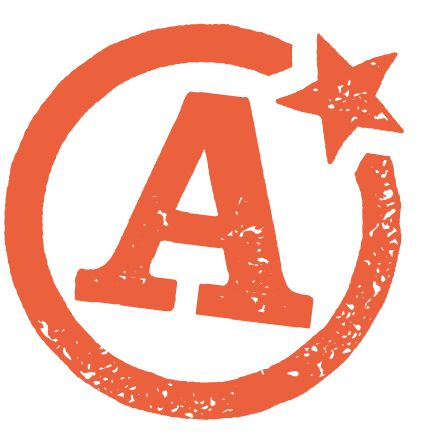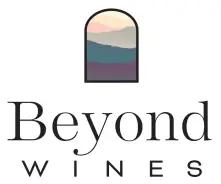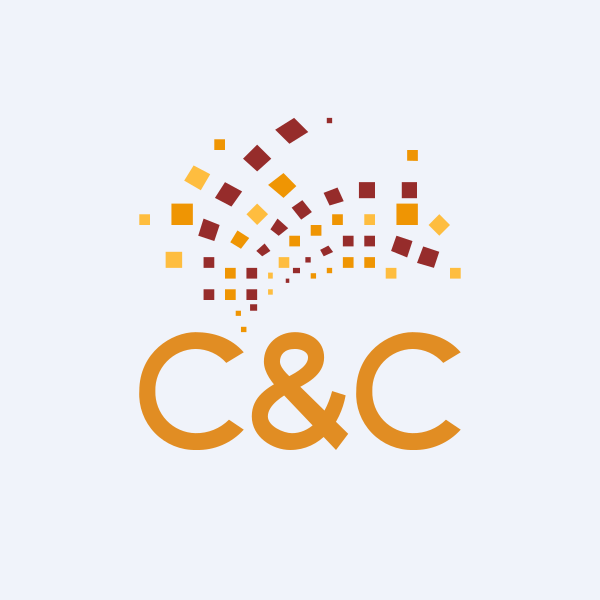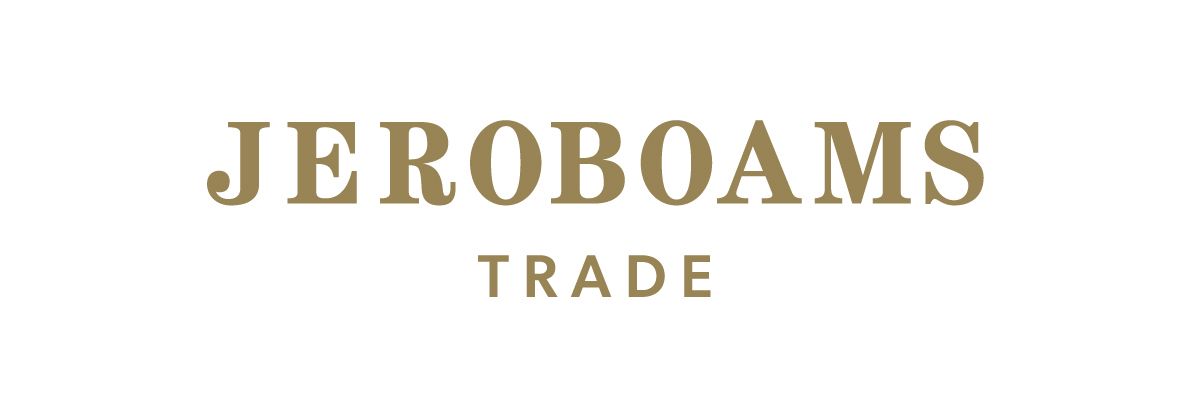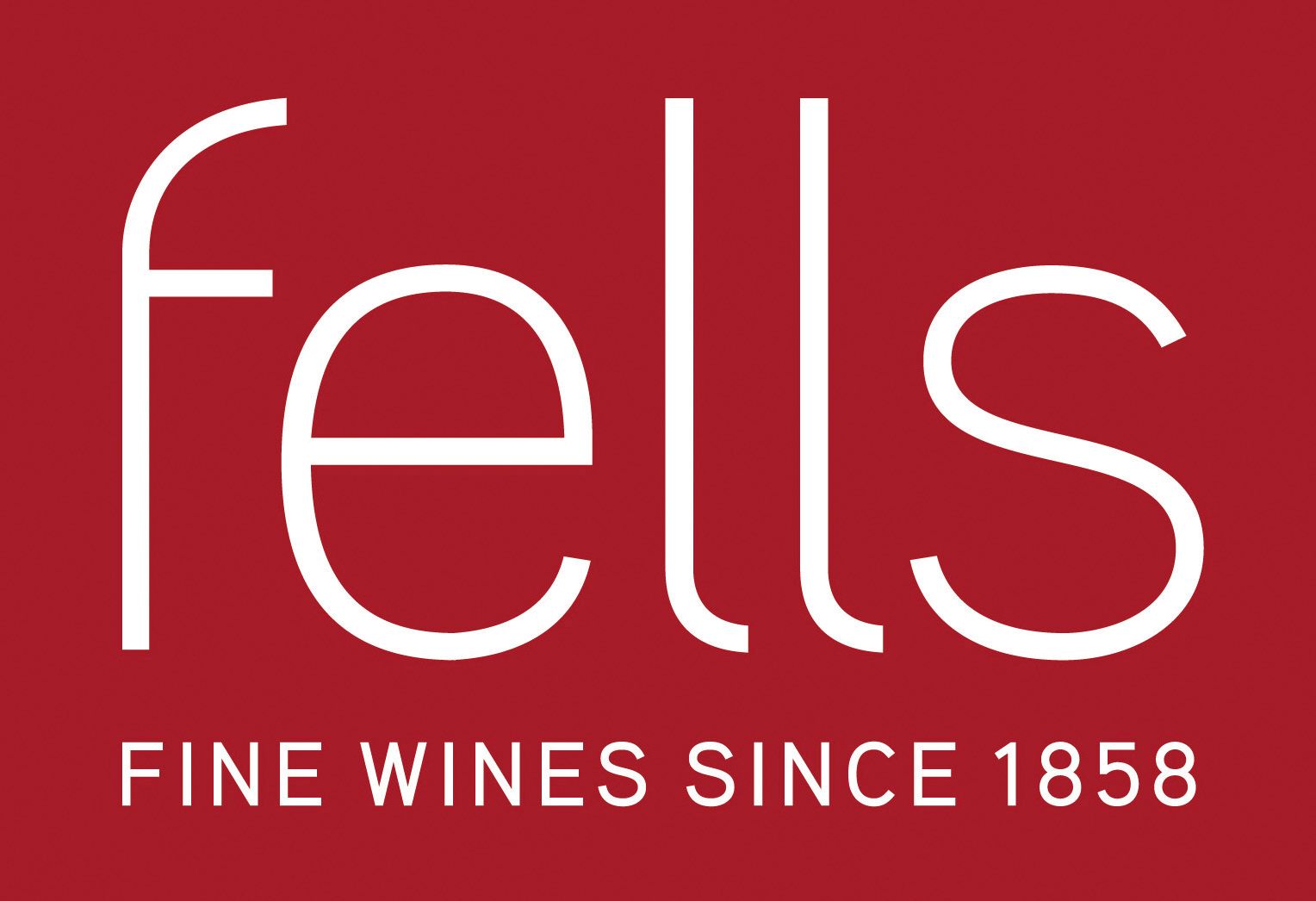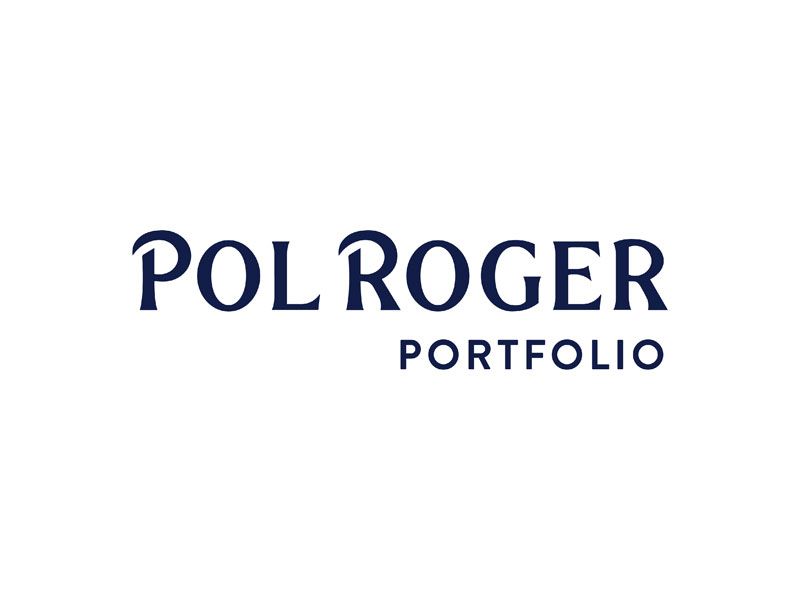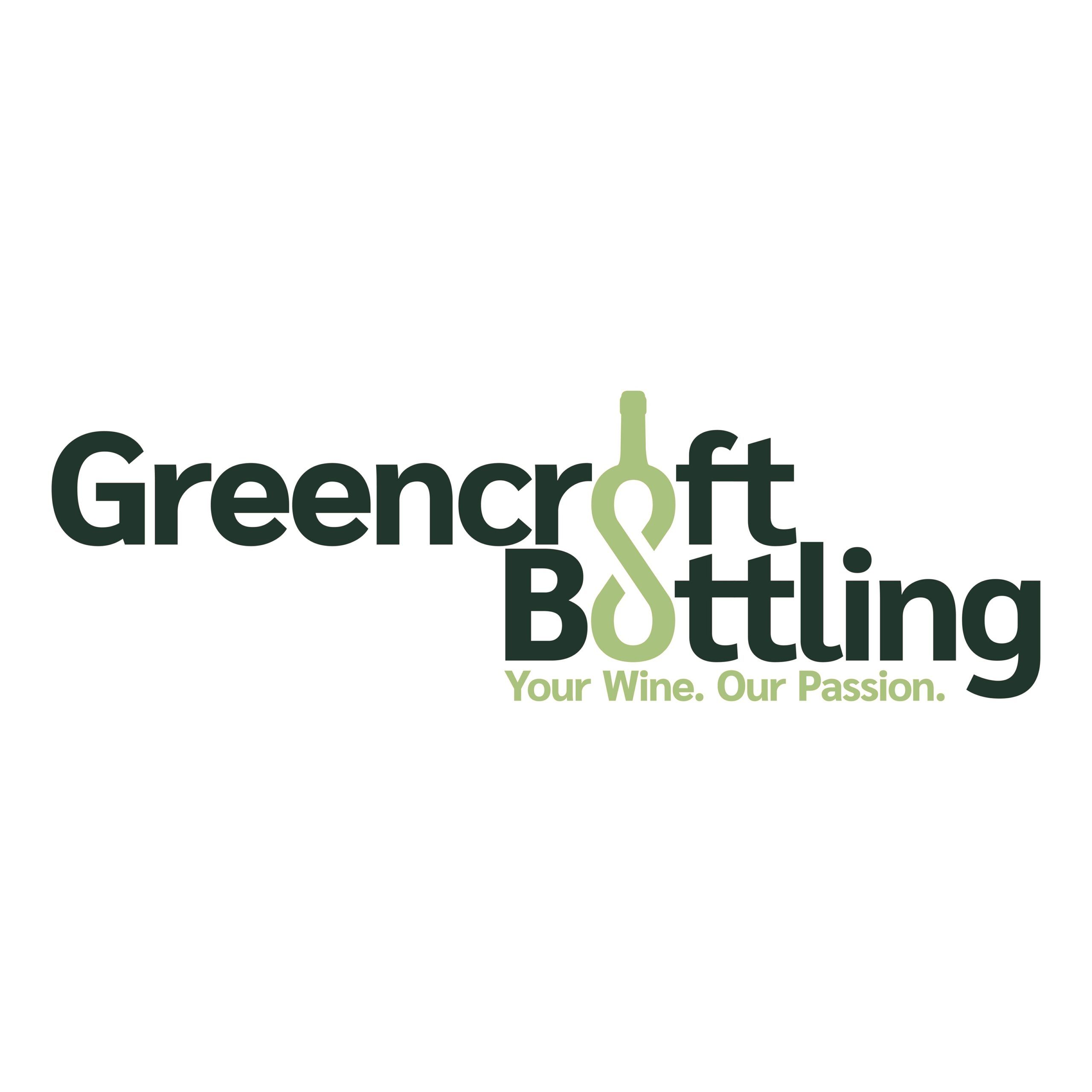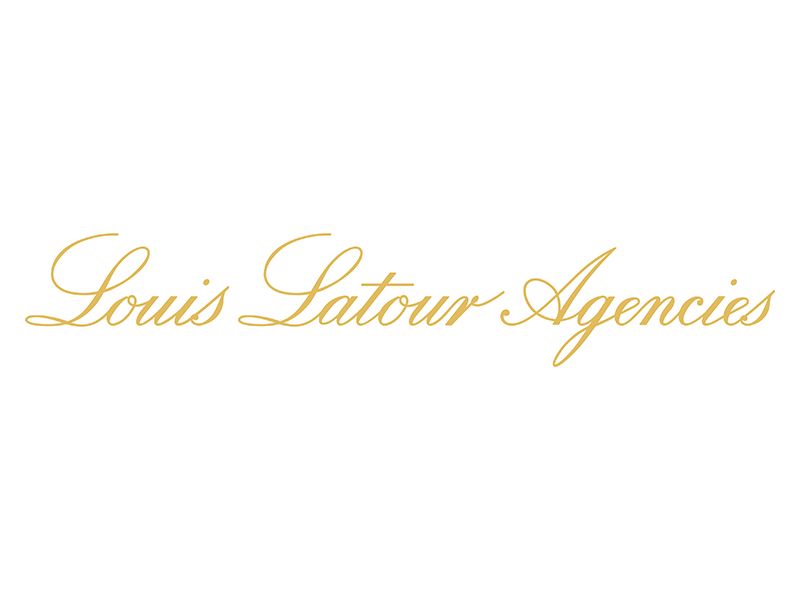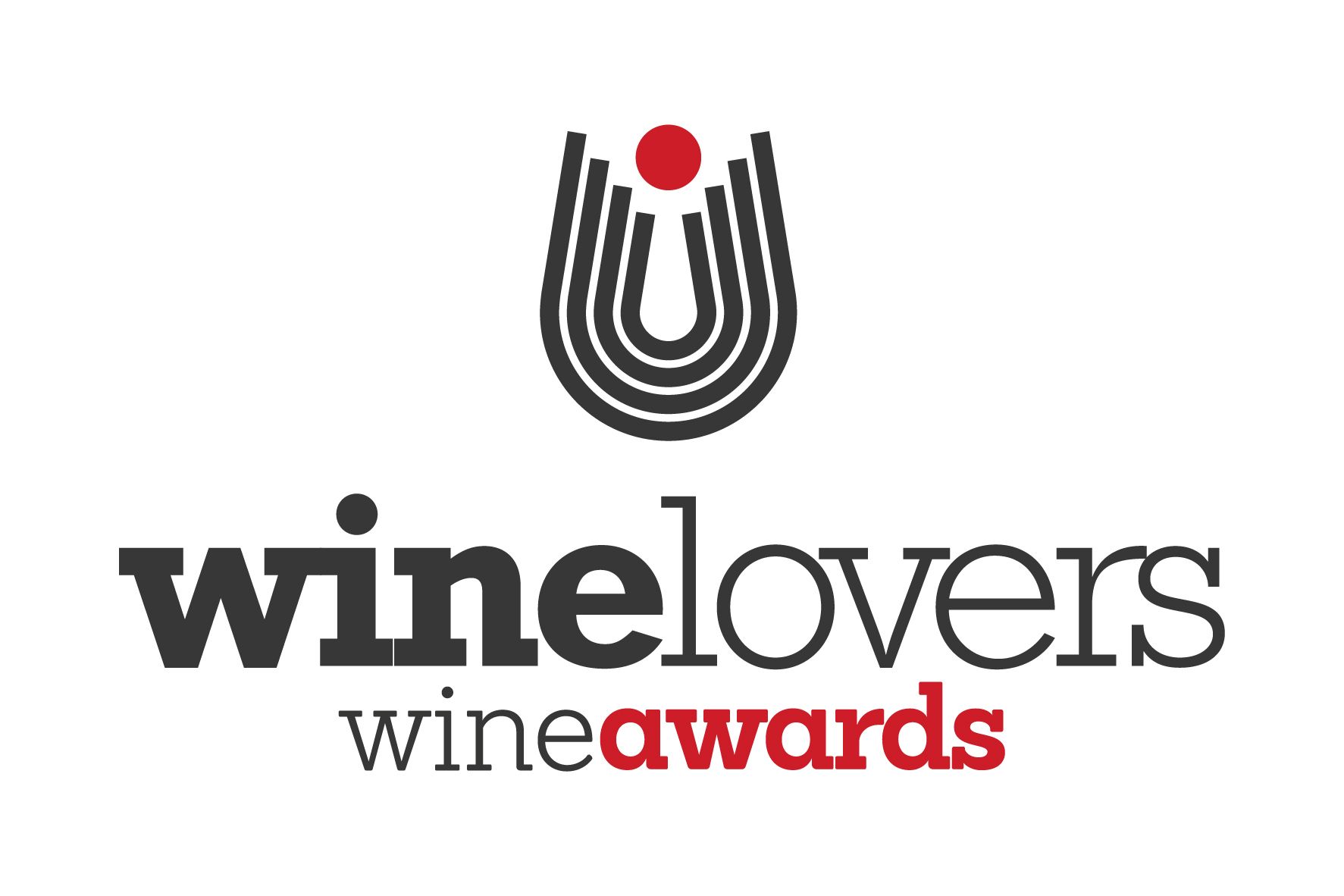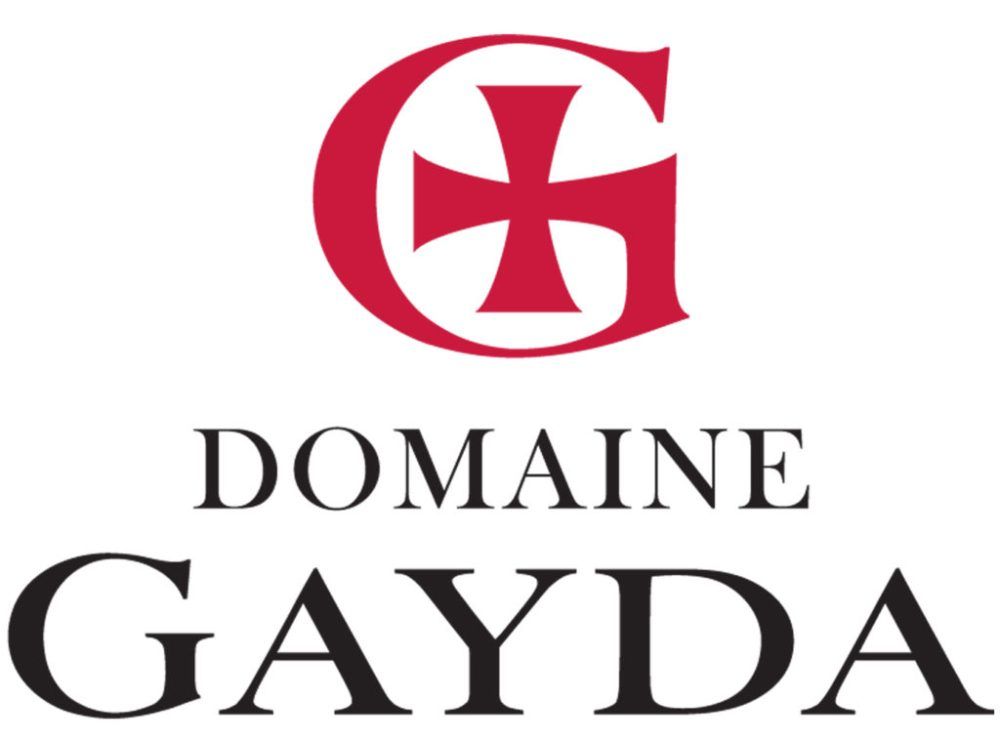There is no reason (except pricing) not to go large with 2016 as the vintage offers both quality and character. But do not worry about chasing down the micro-cuvees which will be hard to find and may be wrongly priced. Allocations should be back to normal, or indeed more generous, for 2017.
The early call of “catastrophe” following the widespread damage of the spring frosts tainted the reputation of 2016 Burgundy throughout the summer, but we now know different. Current thinking is that it is a decent but variable vintage for white wines, but really quite exciting for the reds.

THE WHITE WINES
The wines are not massive. The best examples are fine-boned, elegant wines with subtle detail and a fine quality of fruit, good persistence, accessible early and likely to be best in the medium term. Those from terroirs more affected by the frost seem less harmonious and rather shorter, often displaying a slightly clumsy yellow fruit character. Just a few wines, often in Puligny, show an element of dilution: partly attributable to the heavy rain around 14th September and partly because growers were reluctant to limit the crop in the few places where they had plenty of bunches.
I do not see an immediate parallel with any other white wine vintage.
Buying Strategy: there will be plenty of attractive wines for the early to medium term, so where yields are relatively normal it makes sense to follow regular purchases. In general, do not worry about chasing down the micro-cuvees which will be hard to find and may be wrongly priced. Given that the 2016 shortage was already priced into the 2015s, and there are mostly good yields in 2017, there is no reason to pay more this year than last, apart from currency fluctuations.
The Sweet Spots: the premiers crus of Puligny and the three best known wines of Meursault. Good whites too from the Côte Chalonnaise.
Drinking Windows: The generics should be approachable soon after bottling. This is probably not a vintage in which to lay down such wines, but drink them through 2018 and 2019. Village wines will also be accessible early for the most part and I doubt if there will be much to be gained by long term cellaring. Some of the better 1ers crus and grands crus will certainly last, as long as there is no indication of frost induced fragility. Those with good scores should make exciting bottles at between 10 and 15 years old.
THE RED WINES
As for the reds, it was not hard to predict that a number of Burgundy lovers, be they vignerons, critics, importers or consumers, were going to propound the view that “while everybody is praising 2015 to the skies, we actually prefer 2016”.
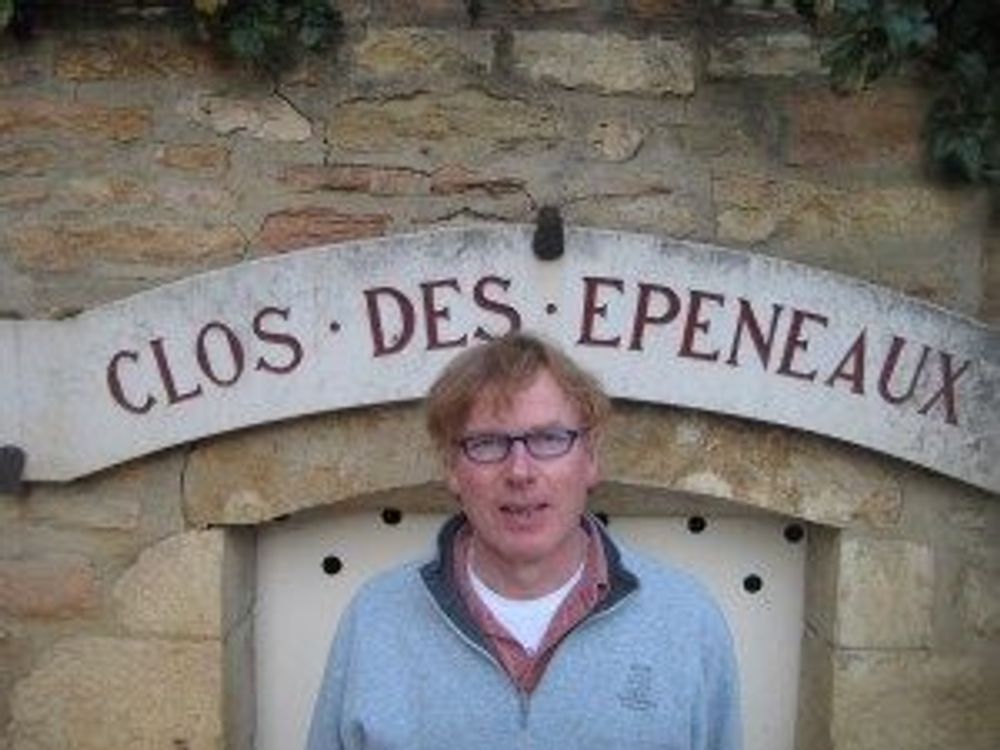
I can certainly say that I found tasting the 2016 reds extremely exciting. It is not a perfect vintage nor an especially consistent one, but I fell in love with a large number of wines and am looking forward to adding to my cellar. My early thinking was that the red wines were much more consistent than the whites in terms of quality, though the range of possible styles in 2016 is surprisingly wide. As I tasted more of the reds, I realised that some wines have been slightly damaged by the frost and do not quite deliver the hoped for length and harmony, but many others – from equally frosted sites – have not.
The fascinating aspect of 2016 is the range of ripeness possible, without it being clear that one end of the scale worked better than the other (though your own palates may dictate a preference of course, at which point my tasting notes will be a much better indicator of where to look than the scores). Some wines came in around 12.5% alcohol, occasionally less, whereas in other cellars over 14% was more normal with similar picking dates. There are some wines verging on rawness, and others with voluptuous black fruit notes (and against expectations I found myself liking quite a few of those!)
There is one clear hallmark to the vintage, the refreshing finish which seems to characterise so many wines. Is this a function of a mix of ripeness in the harvest, with possibly some second generation verjus adding their zest to the whole? Abbé Tainturier liked that in the 18th century – he was all for a mix of fully-ripe, ripe and under-ripe grapes to make the best wine.
As with the whites, there is no direct parallel with another vintage but I have a few ideas nonetheless. One is 2010, more similar in circumstance than in style. The growing season was pretty tricky in 2010 and growers were just happy to have got through to a relatively late harvest with their grapes still healthy. By the following autumn, at the time of the barrel tastings, it was becoming clear that actually the wines were much better than expected, despite being in the shadow of the preceding big beast (2009). Now we really value the purity, charm and texture of 2010. The reputation of 2016 may well be growing in the same way, though the fresh finish of so many wines this time round gives them a style of their own.
I quite wanted to find a parallel with either 1991 or 1993, the former frost affected and the latter attacked by mildew before finishing in good weather, but again the fruit profile of 2016 does not quite fit. Michel Lafarge could not find a definite parallel with any other vintage despite his 65+ years experience, and that is very rare. I am indebted to Jacques Devauges of Clos de Tart that according to a book he has been reading about a 19th century vigneron in Gevrey-Chambertin, 1873 fits the bill nicely: another vintage with an early, warm spring then a horrible frost on 27th April, followed by disease pressure from wet weather, but saved in the end by a beautiful second half to the summer. Sounds familiar.
Buying Strategy: I can see no reason – bar the rather important one of pricing – not to go large this year, since 2016 offers both quality and character. The same comment made above for whites in short supply applies here too: do not worry about chasing down the micro-cuvees which will be hard to find and may be wrongly priced. Allocations should be back to normal, or indeed more generous, for 2017.
The Sweet spots: are quite numerous. Looked at vertically, the 1ers crus were often less affected by the frost than the grands crus, and look worthy of interest. Horizontally, from north to south, I was particularly impressed by some of the appellations considered to make slightly more tannic wines. This is not a vintage with aggressive tannins and I found myself much taken by wines from Gevrey- Chambertin and Pommard, Corton and Clos Vougeot as well, more than by Chambolle-Musigny. Morey-St-Denis, with the distinction of being almost frost free, came out very well and I would include Bonnes Mares from over the border in Chambolle as an honorary Morey.
Drinking Windows: The generics will actually need a year or two after bottling, and many will keep for quite a bit longer. I think the village wines may well go into their shell because there is not (usually) the juicy, glossy ripeness of 2015 to make them hedonistic pleasures even early in life. With my admittedly English palate, I am envisaging starting in on village wines after about 8 years and leaving the premiers crus until nearer 2030. After all 2002 – a vintage I am very fond of and with similar or perhaps slightly lesser density – really started to get good at around 12 years old. I think there will be a significantly long upside for the best wines, they should make properly old bones.
THE MARKET
One of the reasons for retiring from the commerce of wine was because I do not feel at ease with where the market has gone. There is not enough support for the unfortunate vignerons in minor appellations who have lost a huge proportion of their crop to hail or frost in every vintage from 2012 to 2016 inclusive, barring 2015 when the long-suffering vines were still shy bearers. Conversely, world demand for the tiny production of the great wines has seen prices on the secondary market rocketing, which has also impacted on En Primeur pricing for the most sought after vignerons and vineyards.

Typically, pricing in Burgundy has been more a reflection of available supply rather than perceived quality of the vintage. However it is also true that prices are not decided until after the next vintage has happened, and the shortfall in 2016 has been more or less compensated by the bumper crop of 2017. But it was not as big a crop as all that and the compensations do not take into account the consecutive poor volumes in Burgundy from 2012-2016.
In general, I do not see an attitude in Burgundy that relishes current pricing levels. Certainly, there are one or two producers who follow with glee the pricing of their wines in the global secondary market place. But this is rare. There are many more who are discouraged that their wines, designed to give pleasure at the table, are now sometimes quoted as investment vehicles. But the state of the market is much too complex a subject to be covered in a short paragraph or two here.
My understanding is that many producers have limited their increases or even maintained prices for 2016, but the picture is variable and depends on to what extent the financial pips are really squeaking. If some lesser known names have increased again in price this year, it may just be a question of absolute necessity after so many short harvests. I am not hearing comments from the growers that they think the market will be happy to pay a great deal more.
Copyright ©Jasper Morris 2018
You can access more of Jasper Morris’s unique perspectives on Burgundy on his new website www.insideburgundy.com
